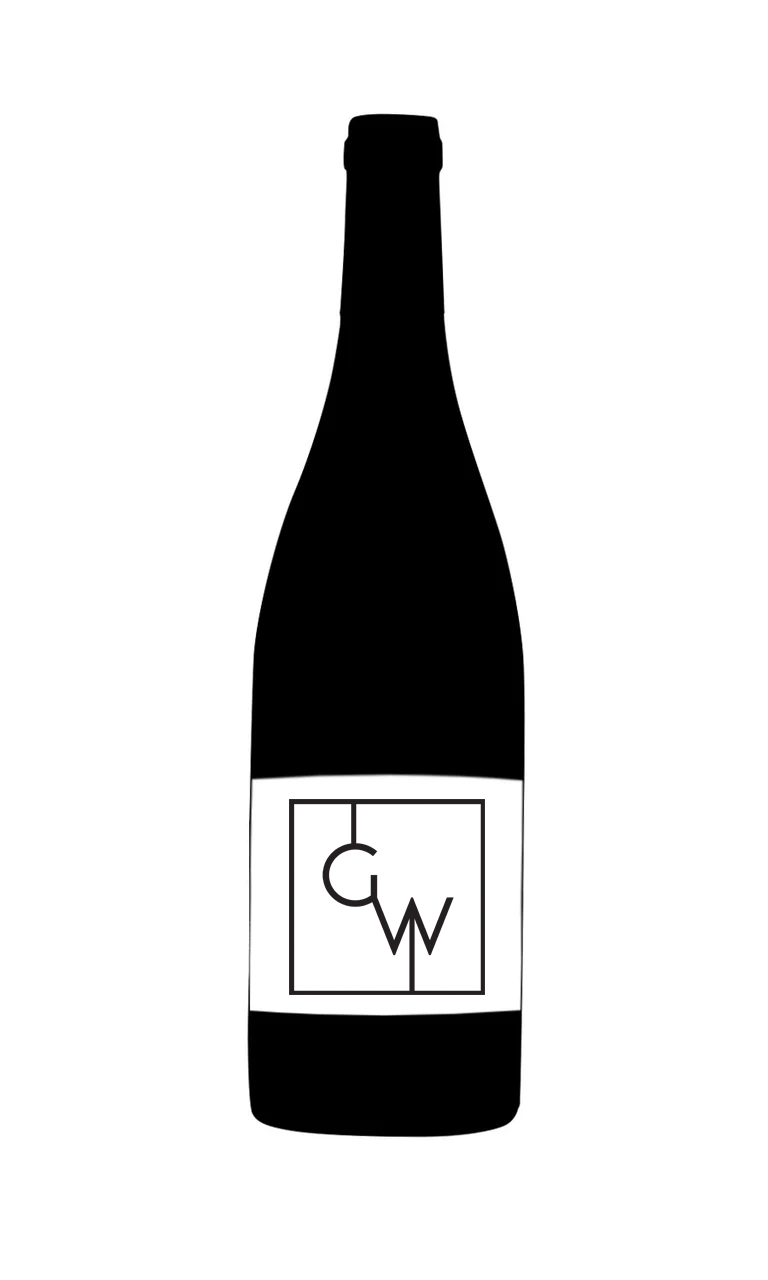Producer
Louis Roederer
Established in 1776, Champagne Louis Roederer is one of the few remaining completely independent family owned, great Champagne houses. By 1886 the House had achieved such a reputation for quality that the second Louis Roederer was asked by Tsar Alexander II to create Cristal for the exclusive use of the Russian Tsars, and in so doing created the first Cuvée de Prestige. In January 2006, Frédéric Rouzaud became the 6th gener...Read more
Established in 1776, Champagne Louis Roederer is one of the few remaining completely independent family owned, great Champagne houses. By 1886 the House had achieved such a reputation for quality that the second Louis Roederer was asked by Tsar Alexander II to create Cristal for the exclusive use of the Russian Tsars, and in so doing created the first Cuvée de Prestige. In January 2006, Frédéric Rouzaud became the 6th generation of the family at the head of the company. With 10 years already behind him at Louis Roederer, Frédéric's accession is valuable; as a guarantee of continuity for the House. Roederer owns just over 200 hectares of vineyards located in the finest areas of Champagne - Montagne de Reims, Vallée de la Marne and Côte des Blancs. Roederer self sufficient for 100% of its vintage styles, and provides two-thirds of its production for Brut Premier. Such a high proportion of ‘estate' grapes is very unusual in champagne, and ensures superior quality at allstages from grape to glass.Read less





